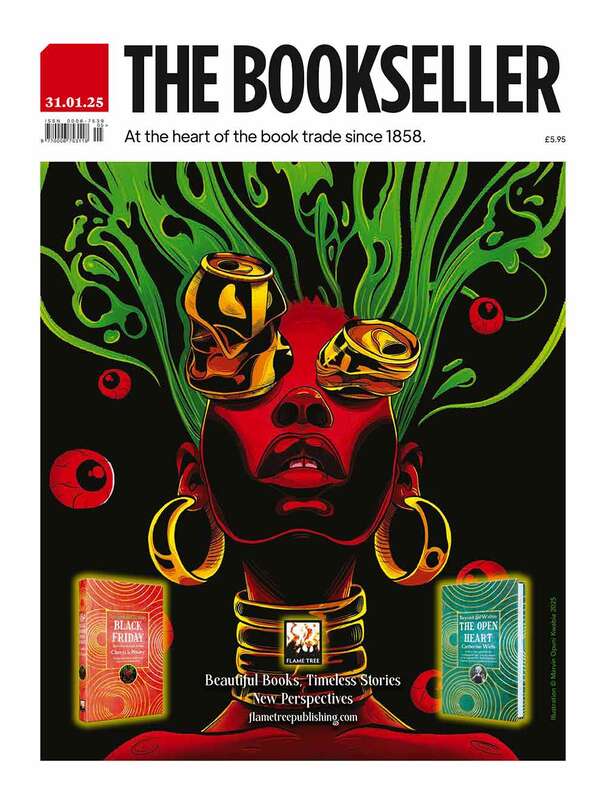The laws of creative connection
"Our species is the only creative species, and it has only one creative instrument: the individual mind and spirit of man,” writes John Steinbeck in East of Eden. “Nothing was ever created by two men. There are no good collaborations, whether in music, in art, in poetry, in mathematics, in philosophy.”
From Archimedes’ cries of “Eureka!” to Don Draper’s maverick tag lines, we often think of creativity as a personal trait that has little to do with the people around us. When I started writing The Laws of Connection, however, I was surprised to find just how important our social relationships can be in the conception of new ideas.
Think of it as a kind of cross-pollination. Our conversations are constantly exposing us to fresh experiences and perspectives. Their feedback, meanwhile, can help us refine our ideas and prevent us from pursuing purposeless dead ends. Even if we do not actively collaborate, the back-and-forth will inspire new approaches to our endeavours.
We can see the results of this “connected creativity” across history. To study the effects of social connection on creativity, the psychologist Dean Simonton analysed the lives of 2026 prominent scientists and inventors. He ranked their eminence according to their citations in various scientific reference works. He then compared this with an analysis of their social network, drawn from historical records of their relationships with friends, mentors, collaborators and pupils. Contrary to the idea of the “lone genius”, Simonton found a clear correlation between each figure’s social connections and the success of their output: the more connected they were, the more influential their theories or inventions.
Isaac Newton exemplifies these findings. Despite having a famously cantankerous personality, he was perfectly capable of forging relationships with individuals such as the philosopher John Locke, and the astronomer Edmond Halley, who encouraged Newton in the writing of his monumental Principia Mathematica and even helped to fund its publication. Of the 2,026 figures included in the study, he was considered to have the most influential output and was also one of the best connected.
Our relationships with our closest colleagues may take precedence, but it is our more distant ties who can provide a truly novel perspective that may spark even more original thinking
An analysis of 20th-century Broadway musicals tells a very similar story. The researchers focused on six key roles—composer, lyricist, librettist, choreographer, director and producer—of each show. They examined how frequently each team member had previously worked together and compared that to measures of the critical and commercial success of the production created by the team.
Some groups were extremely tight-knit, with the same individuals working together time after time. This seemed to stifle their collective imagination, resulting in considerably poorer performance at the box office (and harsher reviews). The hits, in contrast, seemed to be created by groups that included newcomers and people who had moved between different teams. These creative butterflies carried fresh ideas among their colleagues, which resulted in more original productions that succeeded in attracting larger audiences and impressing the critics.
It’s not hard to see how these findings would apply to publishing. Authors can glean great benefits from our conversations with other creatives, as we describe the things that have sparked our curiosity and the solutions to the inevitable frustrations we face when trying to bring our dreams to reality.
The same should be true for editors, marketers and publicists: it should be within everyone’s interests to hear others’ experiences and engage with both their encouragement and their constructive criticism. Our relationships with our closest colleagues may take precedence, but it is our more distant ties who can provide a truly novel perspective that may spark even more original thinking.
The importance of social connection for our creativity is just one of the many reasons that we should make a greater effort to tend our social networks. Fortunately, the psychological research provides plenty of strategies to do so, from overcoming the awkwardness of first meetings to showing appreciation effectively and providing honest feedback—themes I look forward to exploring in my endnote talk at The Bookseller’s Marketing & Publicity Conference on the 1st July.
You may wonder how technology is changing our relationships and their contributions to our creative projects. The answer, as ever, is complicated. If your consumption of social media is largely passive, you may find some inspiring content, but you are unlikely to get the same insights that can come from an in-depth conversation with another creator. It is only through the open sharing of ideas that you will be able to refine your thinking and find new perspectives that you had not considered before.
These conversations need not occur in person, though. One of the advantages of today’s technology is our ability to build bridges across oceans and continents; we no longer need to wait for the mail coach to bring us another’s thoughts. While face-to-face meetings will provide the most fruitful discussions, we shouldn’t underestimate the value of video calls or emails for forming and sustaining our connection with the people we admire. And social media can be a useful tool for triggering those exchanges.
According to psychological research, the biggest barrier to building new friendships lies in our own inhibition. Both introverts and extroverts are a little too timid about reaching out to the people we admire, when the objects of our respect may be more than happy to connect. Opportunities for creative collaboration are often much closer than we think.
David Robson is the author of The Laws of Connection: 13 Social Strategies That Will Transform Your Life, published by Canongate (£18.99). He will be delivering the endnote at this year’s M&P Conference





















